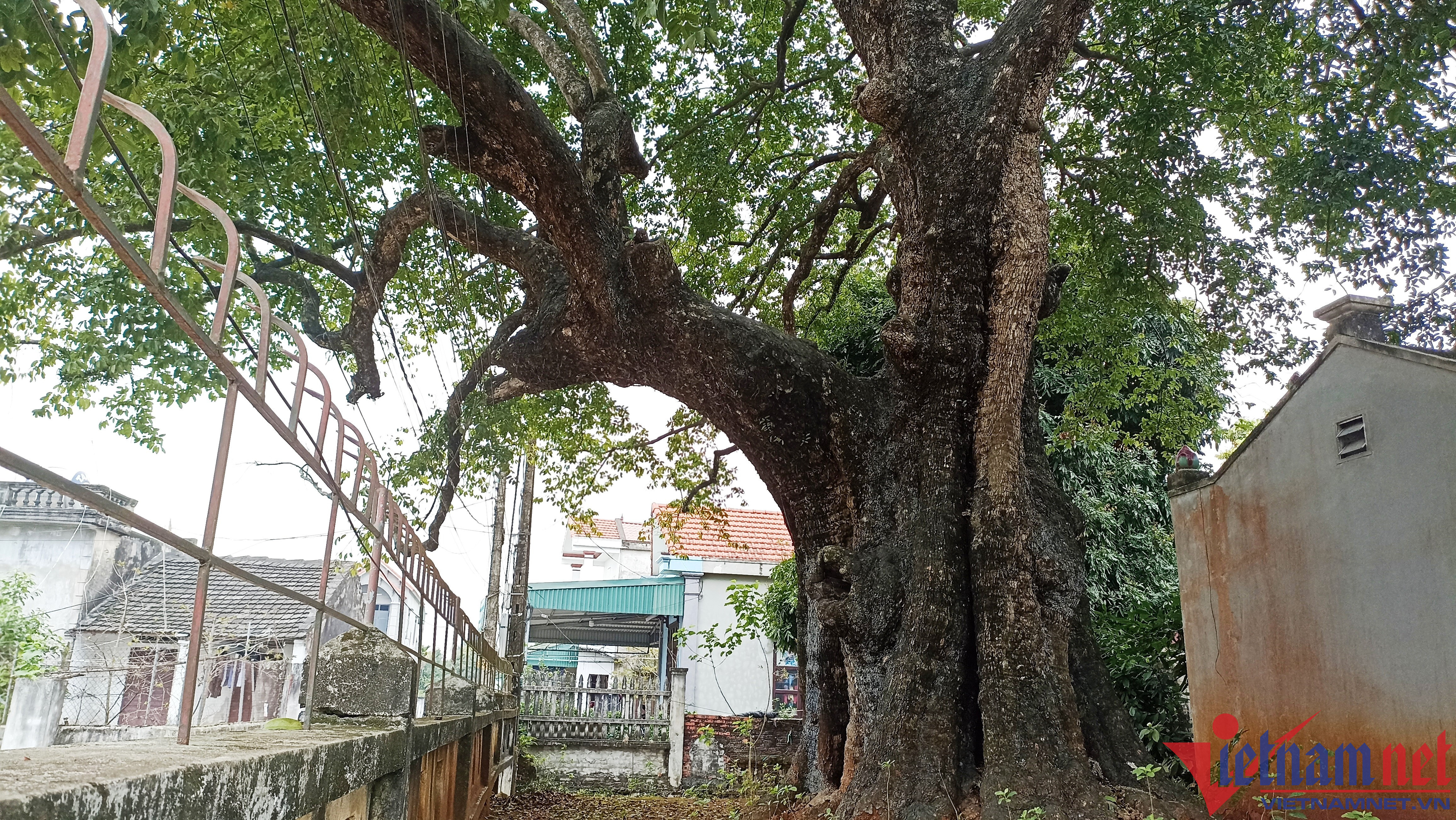
The tree, a national heritage tree, is located near the communal house of Phu Long village, Gia Van commune, Gia Vien district (Ninh Binh).
Dinh Van Mui, 73, who looks after the communal house of Phu Long village, said that no one knows exactly how long the tree has existed. Elderly people remember the tree when they were growing up.
In the years of resistance against the French and Americans, the tree was a place to spot enemy aircraft. People went to the top of the tree every time they saw an enemy plane coming, and knocked a gong to tell people to go to the bunker.
“In those days, the villagers were sparse, there were no tall buildings, and the tree was like a tower to protect the people. After so many years of war and bombs, the tree prevailed," said Mui.
After the war, the tree was carefully preserved and cared for by the villagers of Phu Long. No one dares climb the tree or break branches or pick fruits. People in the village who work in the fields often apply a little fertilizer to care for the tree.
“People are very aware; they don’t over-fertilize the root because if so, the tree will die. They look around the root, and if they don't see manure, they will put a little bit of it on," said Mui.
The tree is about 20 m high with luxuriant branches and leaves. The trunk is huge and rough. In the summer, people in the village often cool off under the trees.
In 2016, the tree was recognized by the Vietnam Association for the Protection of Nature and Environment as a Vietnamese Heritage Tree.




Tran Nghi